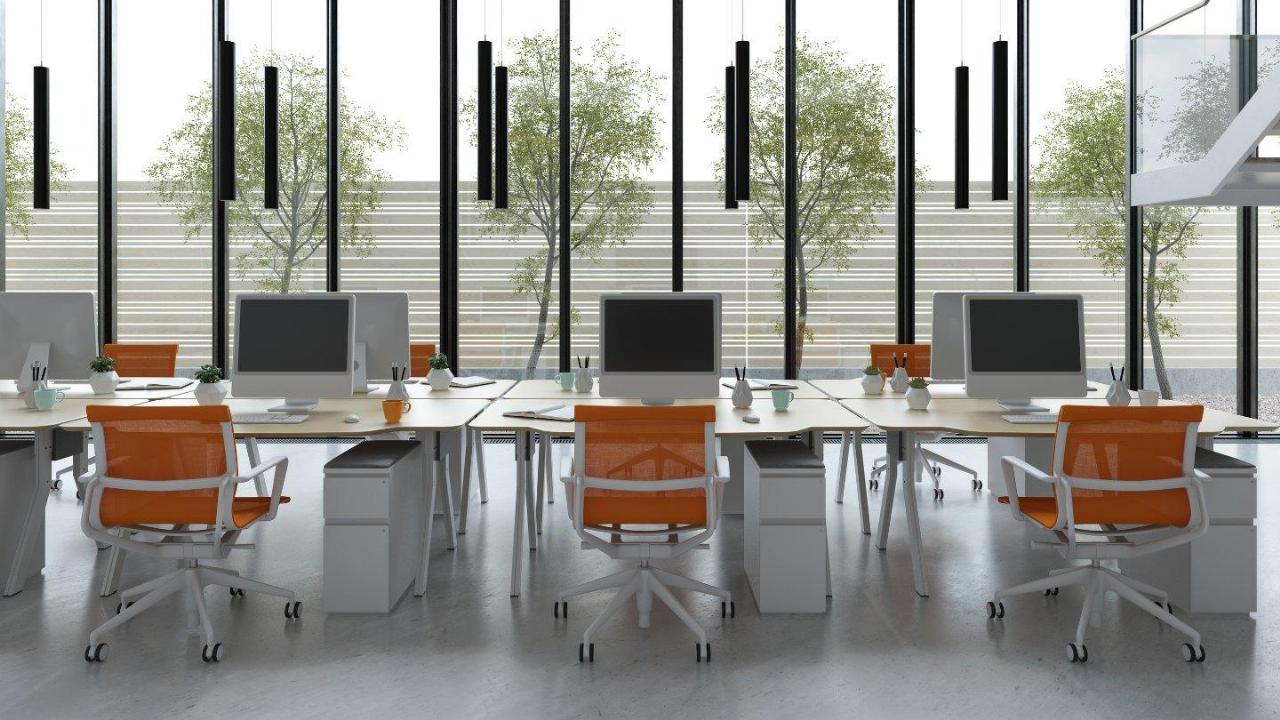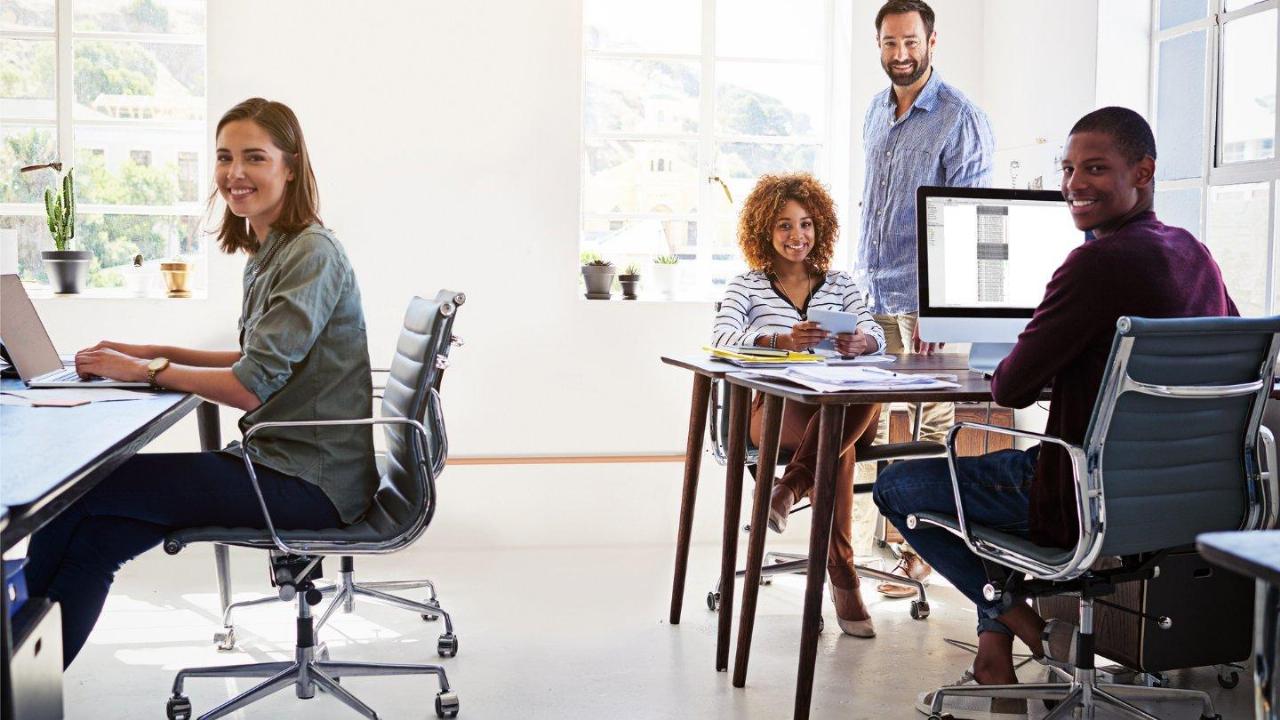Office Design: How to Make Your Workplace a Performance-Enhancing Environment
Workplace design is more than just aesthetics—it plays a key role in how teams think, feel and perform. The right setup can boost productivity, reduce stress and support employee wellbeing. In an age of hybrid working and rising expectations, creating an environment that enables performance is a business priority.
Foundations of a Productive Office
Designing a performance-enhancing office begins with the basics: light, air, noise and comfort. These elements shape the way employees work and interact. By focusing on core physical needs, businesses create spaces where focus and collaboration thrive.
Light, Space and Layout Flow
Natural light improves mood and concentration, while poor lighting leads to fatigue and eye strain. Position desks near windows when possible and use adjustable lighting in darker areas. An open layout encourages communication, but also include quiet zones for focused tasks. Movement should feel intuitive—no one should navigate a maze to reach a printer or break area. Brands like Casa Jedo understand how layout and functionality work together, offering furniture and spatial solutions that support comfort without sacrificing style.
Ergonomics and Acoustic Comfort
Comfortable seating and adjustable desks prevent physical strain, particularly in hybrid or full-time office setups. Ergonomics extend to screens, keyboards and even flooring. Meanwhile, noise management is essential in open spaces—use sound-absorbing panels, rugs or acoustic dividers to reduce distractions. Employees are more focused and less fatigued when they control their environment, including sound levels and temperature.
Designing for Focus and Collaboration
The ideal office balances areas for deep work with those for spontaneous exchange. Design can support both, using zones, cues and adaptable spaces. When work modes shift throughout the day, the environment must shift too.

Quiet Zones and Focus Areas
Not every task needs collaboration—some require silence and minimal disruption. Designated quiet rooms, booths or desk clusters help employees work without interruption. These spaces should feel calm, with soft lighting and visual separation. Simple additions like plants or textured panels promote relaxation and reduce mental clutter. Encourage a ‘quiet etiquette’ in these areas to maintain focus.
Collaborative Spaces with Purpose
Open areas for meetings, brainstorming and informal catch-ups should be inviting and well-equipped. Use flexible furniture—such as movable chairs, writable walls or mobile screens—to allow teams to reconfigure space as needed. Avoid forcing collaboration with cramped breakout areas; instead, create spots where people choose to meet. A mix of high tables, lounge seating and tech support (screens, charging points) ensures everyone has what they need.
Office Design: How to Make Your Workplace a Performance-Enhancing Environment
An effective workspace not only supports tasks—it reflects the culture and values of the company. From design choices to layout flow, every element influences motivation, energy and cohesion.
Branding Through Design
The office environment can express brand identity subtly and effectively. Use colour schemes, materials and artwork that reflect your company’s tone—professional, creative, calm or bold. Shared spaces like lobbies or kitchens are great for showcasing vision statements or visual branding. When employees and clients walk in, they should feel the essence of the organisation without reading a single sign.
Adapting to Hybrid and Future Needs
Modern workplaces must support remote, hybrid and in-office working without compromising productivity. Include hot desks, video conferencing rooms and shared screens that make remote meetings seamless. As roles evolve, ensure that furniture and layouts can change easily. Use modular systems that grow with the team. Designing for flexibility protects your investment and keeps morale high as work patterns shift.
A well-designed office makes work feel smoother, not harder. With attention to light, layout and flexibility, you create a space that supports wellbeing, fuels collaboration and enhances daily performance.

